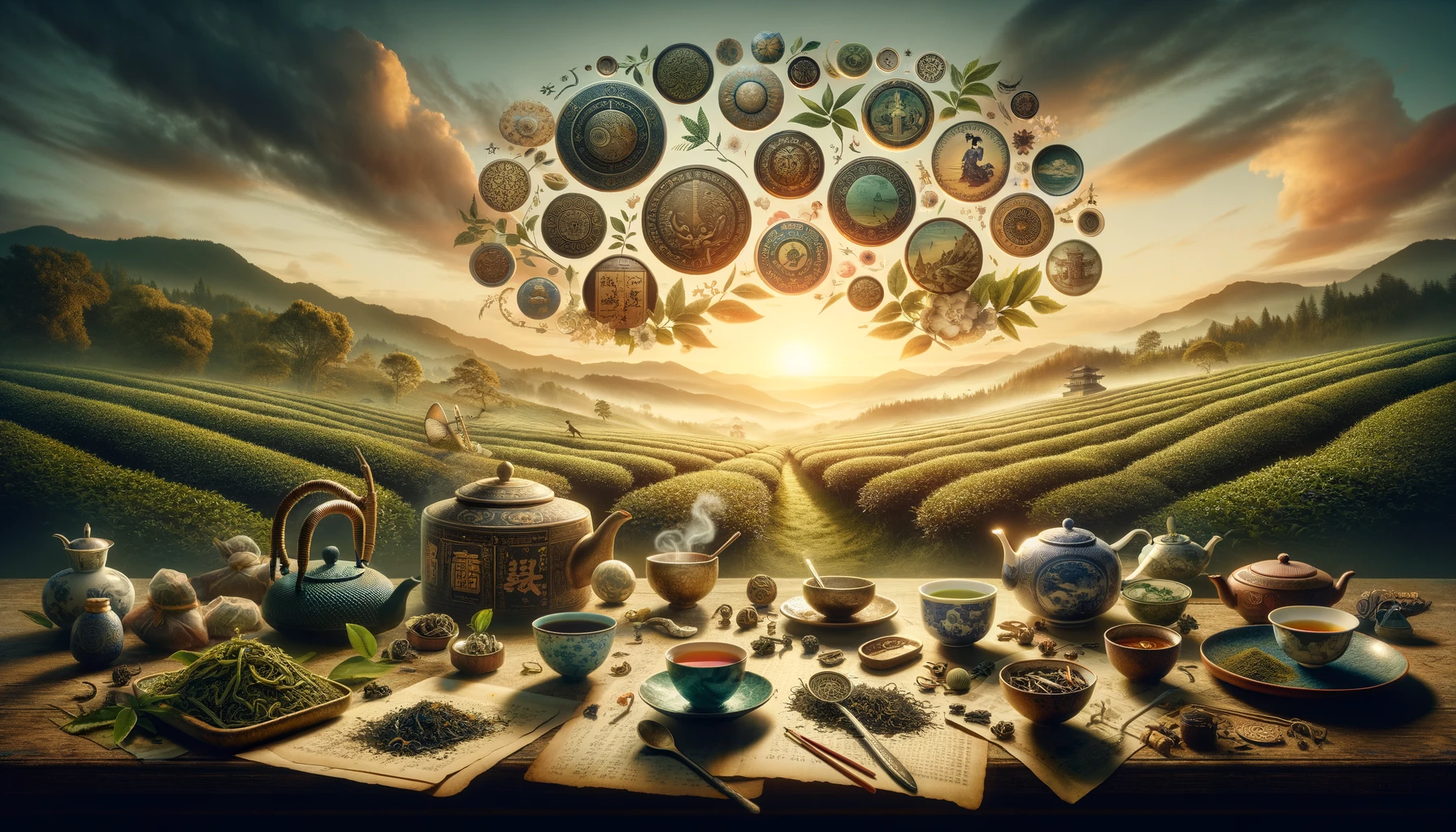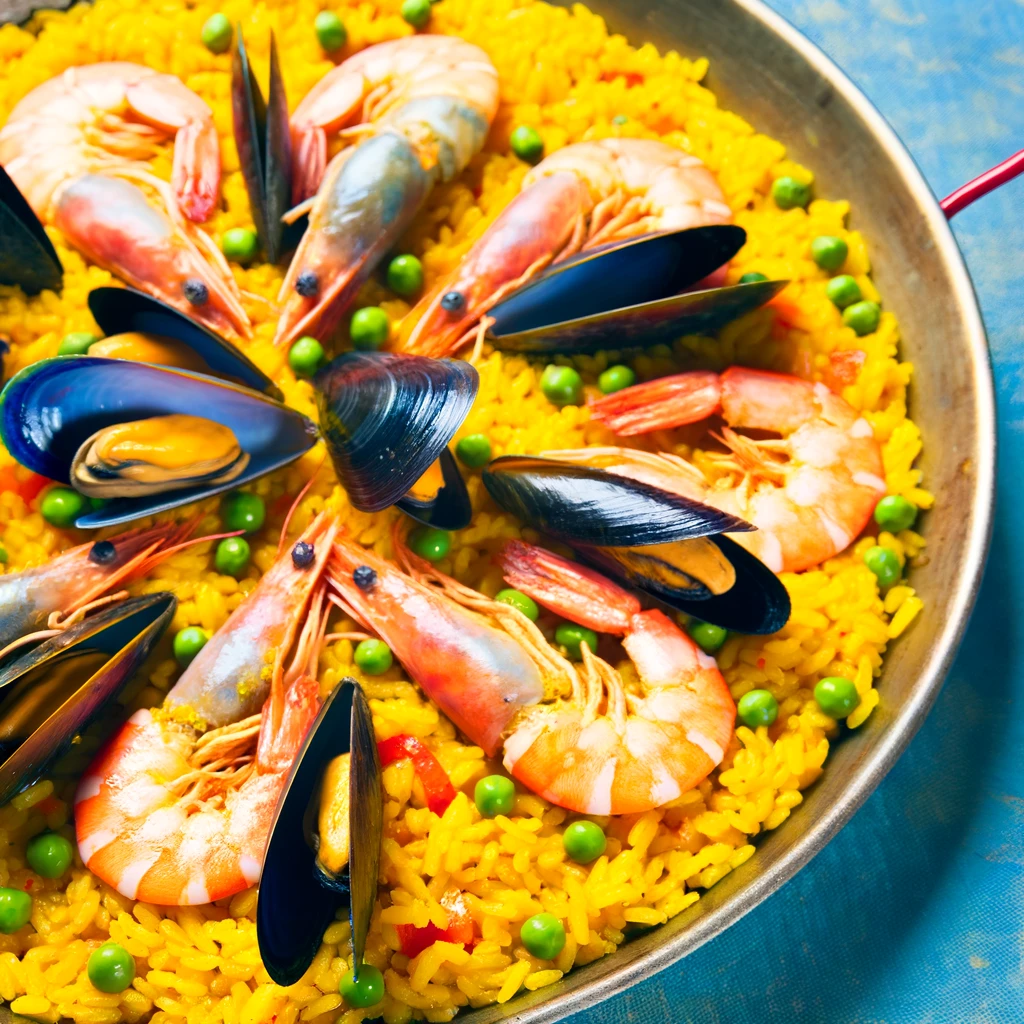Tea is one of the most popular beverages in the world, with a rich history and a variety of flavours and benefits. But how did tea come to be such a global phenomenon? In this blog post, we will explore the origins, migrations and impacts of tea across different cultures and regions.
History and Origins of Tea
Tea is derived from the leaves and buds of the tea plant, Camellia sinensis, which is native to East Asia. The tea plant’s origins lie in southwestern China and northern Myanmar, where it was initially consumed as a medicinal drink. Legend has it that Emperor Shennong discovered tea in 2737 BC when leaves accidentally fell into his boiling water. He was intrigued by the aroma and taste, and found that tea had healing properties. Tea’s documented history began in the 3rd century AD when Chinese physician Hua Tuo mentioned its stimulating and medicinal properties. During the Tang dynasty (618-907 AD), tea cultivation flourished, making it accessible to all social classes. Its association with Buddhism, as monks consumed tea for meditation, facilitated its spread to other regions.
Migrations of Tea
Tea was introduced to the western world by Portuguese priests and merchants who visited China in the 16th century. They brought back samples of tea to Europe, where it soon became a fashionable and expensive commodity. The Dutch East India Company was the first to import tea to Europe in large quantities, starting from 1610. Tea also reached Japan through Buddhist monks who traveled to China during the Sui dynasty (581-618 AD). They brought back tea seeds and methods of cultivation and preparation. It became a central part of Japanese culture, especially in the form of the elaborate tea ceremony. Buddhist monks introduced tea to Korea around the same time as Japan, initially using it in religious ceremonies. It soon gained popularity with both aristocrats and commoners, intertwining with Korean poetry, painting, and ceramics.
The British introduced tea to India and Sri Lanka, establishing vast tea plantations in the 19th century. Initially relying on Chinese tea seeds, they later transitioned to the Assam variety, indigenous to India and better adapted to the local climate and soil. The British actively promoted tea consumption among Indians and Sri Lankans and exported tea to other countries. other countries.
Impacts of Tea
The Global Reach of Tea: From Cultivation to Consumption
From its humble origins as a simple beverage for monks, tea embarked on a remarkable journey, spanning continents, cultures, and time. Its delicate infusion, infused with the essence of countless leaves and steeped in rich traditions, has woven itself into the very fabric of human society.
In verdant landscapes, where tea gardens stretch as far as the eye can see, an intricate process of cultivation unfolds, demanding patience and precision. Tea plants, carefully nurtured by skilled hands, absorb the sun’s energy and the earth’s nutrients, transforming them into delicate leaves that hold the promise of exquisite flavor and aroma.
Once harvested, these precious leaves undergo a meticulous process of processing, each step designed to unlock their unique character. From the gentle withering under the sun to the artful rolling and oxidation, each stage reveals the transformative power of human craftsmanship.
The journey of tea extends beyond the fields and processing plants, reaching the bustling ports and trading centers of the world. Tea leaves, packed with anticipation, embark on voyages across oceans, their delicate fragrance carried by the winds. Merchants and traders, their eyes gleaming with the promise of profit, exchange these precious cargoes, forging connections that span continents.
In distant lands, teapots and cups come alive with the gentle infusion of hot water, releasing the tantalizing aroma that has captivated generations. The first sip awakens the senses, a symphony of flavors dancing on the palate, a testament to the journey that has brought this humble leaf from its origins to the tables of the world.
Infusing Life with Flavor and Culture: The Enduring Legacy of Tea
Beyond its role as a beverage, tea has permeated various aspects of human society, leaving an indelible mark on culture, art, and history. Its influence is evident in the graceful tea ceremonies of Japan, the elaborate tea rituals of Morocco, and the comforting tradition of afternoon tea in England.
The art world has also been captivated by tea, inspiring painters to capture its delicate beauty in their masterpieces. Teapots and teacups, transformed into exquisite works of art, reflect the artistry and craftsmanship of diverse cultures.
In the realm of literature, tea has served as a muse, weaving its way into the pages of countless stories, poems, and essays. Its calming presence and ability to inspire contemplation have made it a recurring motif in works of art and literature.
Tea has also played a significant role in shaping social interactions and forging connections. Tea houses, once bustling hubs of conversation and debate, have evolved into modern-day sanctuaries where individuals can unwind, connect, and share stories.
Tea’s journey, from cultivation to consumption, reflects human ingenuity, cultural richness, and the timeless appeal of this simple yet extraordinary beverage. It’s an ongoing story that connects people worldwide, infusing life with flavor, culture, and tradition.
Conclusion
Tea is more than just a drink; it is a world of its own. From its humble origins in East Asia to its widespread popularity across the globe, tea has shaped human history and culture in many ways. Tea is a soothing exploration of flavours, aromas, colours and sensations that can enrich our lives.External Links:



